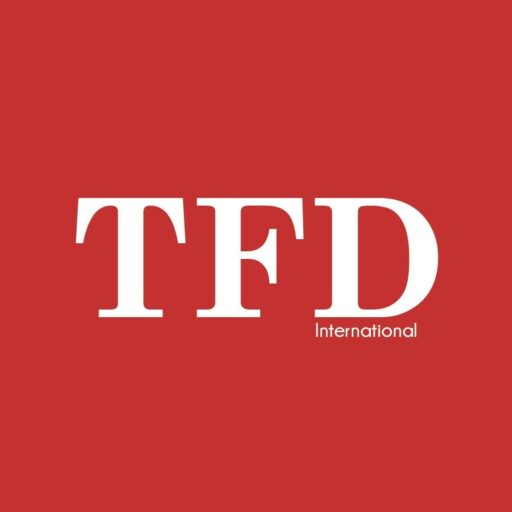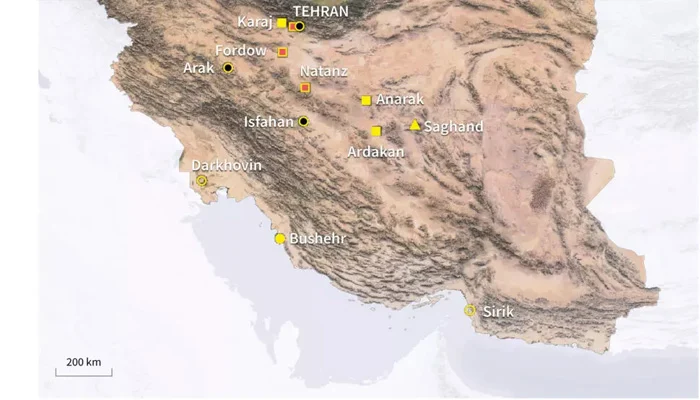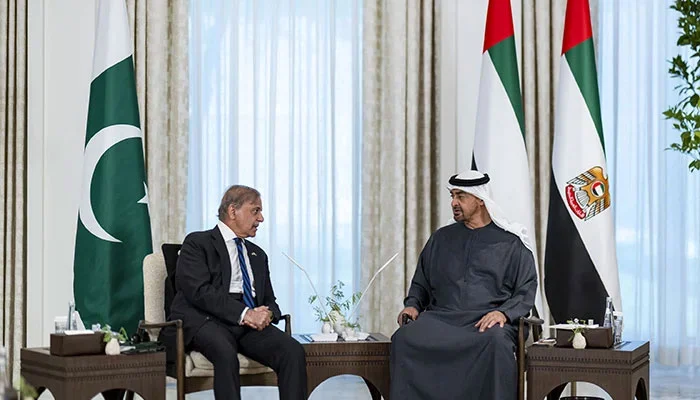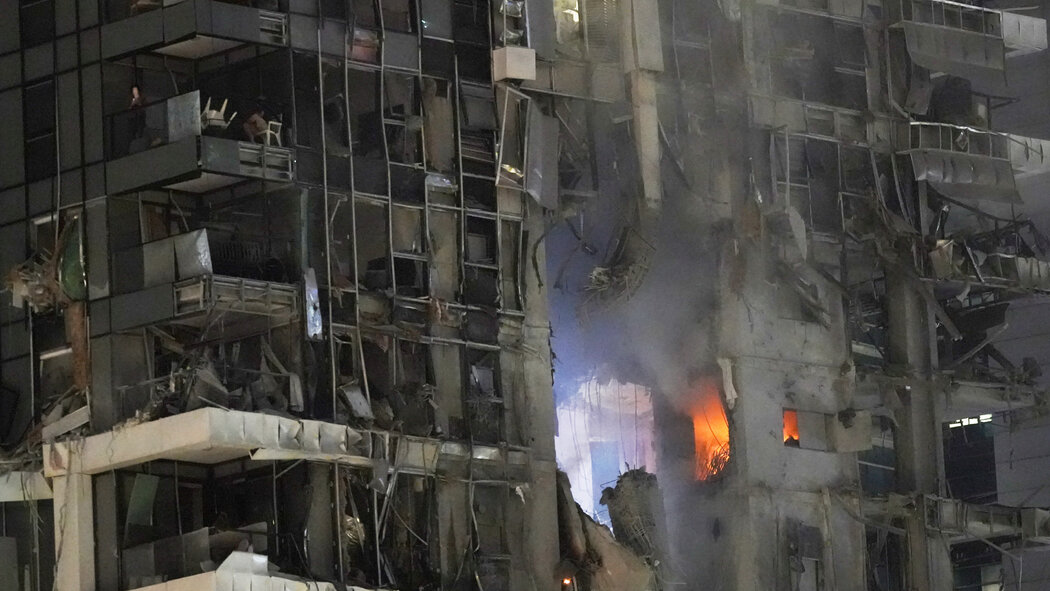VIENNA/TEHRAN – June 5, 2025:
As tensions escalate following Friday’s Israeli strikes, global focus has once again turned to the key facilities of Iran’s nuclear programme, many of which are monitored by the International Atomic Energy Agency (IAEA).
The airstrikes reportedly targeted sites central to Iran’s enrichment activities, notably Natanz, which Israeli Prime Minister Benjamin Netanyahu described as the “heart of Iran’s nuclear enrichment programme.” IAEA chief Rafael Grossi later confirmed that Natanz was among the facilities hit.
Iran’s nuclear activities have surged in recent years following the collapse of the 2015 Joint Comprehensive Plan of Action (JCPOA) after the United States’ unilateral withdrawal in 2018. As of mid-May 2025, Iran’s enriched uranium stockpile reached 9,247.6 kilograms — over 45 times the JCPOA limit. Notably, 408.6kg is enriched to up to 60%, nearing weapons-grade level.
While Iran insists its programme is for peaceful purposes, international concern continues to mount. The following outlines the main nuclear-related sites across the country:
Uranium Enrichment Plants
Natanz
Located ~250 km south of Tehran, Natanz is Iran’s largest enrichment facility. It features both above-ground and heavily fortified underground centrifuge halls, operating around 70 cascades of centrifuges.
In April 2021, Natanz was damaged in a sabotage attack blamed on Israel. On Friday, it was a primary target in Israeli airstrikes, reportedly aimed at halting Iran’s enrichment capabilities.
Fordo
Discovered in 2009, this underground site near Qom was built secretly in defiance of UN resolutions. Fordo was initially portrayed as an emergency enrichment facility and can house about 3,000 centrifuges.
In 2023, uranium particles enriched to 83.7% were detected here, which Iran attributed to “unintended fluctuations.”
Uranium Conversion and Reactor Research Sites
Isfahan
This central facility handles uranium conversion, turning raw ore into gas (UF6) for enrichment. It also includes a fuel fabrication plant inaugurated in 2009 and a planned research reactor announced in 2022.
Arak (Khondab)
Home to a heavy-water research reactor, Arak was a key focus of international negotiations due to its potential plutonium output. Though halted under the JCPOA, Iran has informed the IAEA of plans to commission the reactor by 2026.
Tehran
The Tehran Nuclear Research Centre includes a research reactor supplied by the United States in 1967, used for producing medical isotopes.
Nuclear Power Plants
Bushehr
Iran’s only operational nuclear power plant, located in the south, was completed with Russian assistance and began supplying the national grid in 2012. The facility remains under IAEA supervision, with Russia continuing fuel supply.
Darkhovin & Sirik
Iran began construction of a 300-megawatt reactor in Darkhovin in 2022. In Sirik, situated along the Strait of Hormuz, work began in early 2024 on a massive nuclear complex comprising four reactors with a total 5,000 MW capacity.
Despite the tensions and strikes, Tehran maintains its official stance that its nuclear programme is peaceful and denies pursuing nuclear weapons. However, the IAEA’s increasing concerns and Israel’s aggressive military posture suggest that the nuclear file will remain a volatile focal point in the region’s geopolitical landscape.




